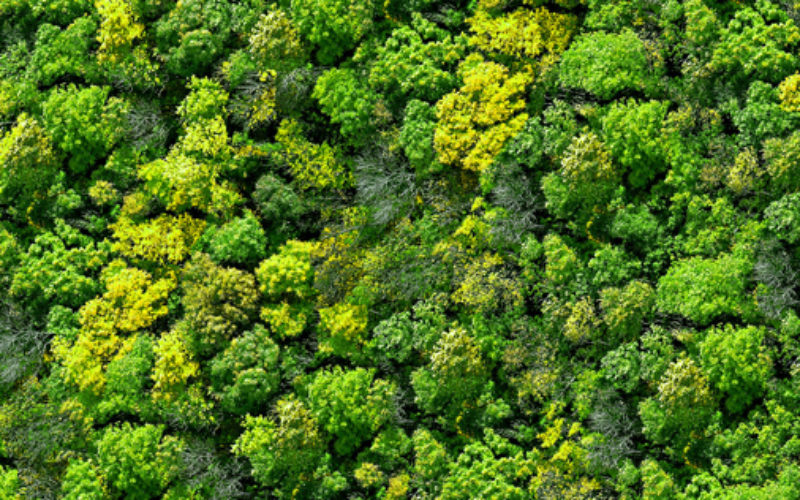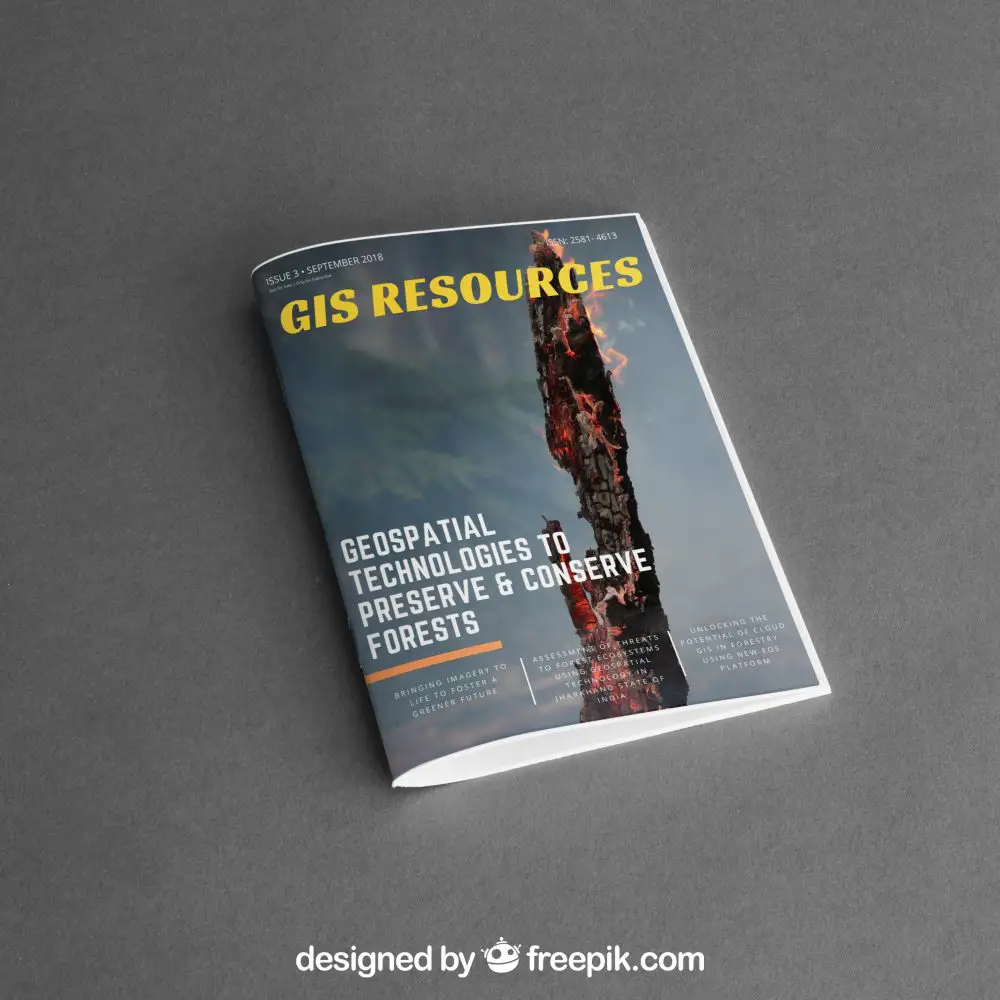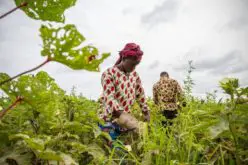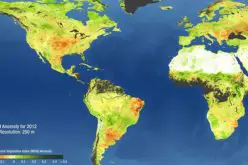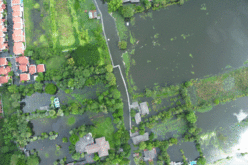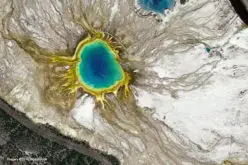Forests are a resource. Minerals are also a resource. Minerals are mined for development hence forests can also be exploited for development. This seems to be the logic that has set the course for development. Ignoring the recommendations for the conservation and preservation of the Western Ghats has caused the excessive rains in Kerala to cause the kind of damage that Kerala has suffered. If the natural forests and geography of the area had been nurtured, the damage would have certainly been less.
Similar events are taking place in the development of Smart cities. Faridabad is covered by the National Conservation Zone regulations of the National Capital Region regional plans applicable to the Aravallis, forests and rivers. Will Faridabad be developed as a Smart city at the expense of the Aravallis?
In yet another case, the Hon’ble Supreme Court ordered to clear the land by demolishing all structures in an area spread over 425 acres where residential & commercial structures, parks and roads had been constructed in an ecologically sensitive zone of the Aravallis in Faridabad. The Hon’ble Supreme Court came down heavily on the Haryana Government for turning a blind eye to the ecological degradation of the Aravallis over the years and conniving with real estate developers to allow them to exploit protected zones for commercial gains. It is time to learn lessons that forests, in this case the conservation and preservation of the Aravallis, will not only support diverse flora & fauna as well as forest dwelling communities but will also be a means to prevent floods, provide freshwater, and thereby mitigate droughts and human suffering in the region.
The above are surely not isolated cases of detrimental impact on forests. Such incidences can be found everywhere where there a lack of appreciation of the beneficial role of forests on humankind.
In the present world scenario Forests are a vital resource. They soak up rain and release water for drinking and replenish rivers that support of aquatic life. They protect against soil erosion to preserve nutritious topsoil required to regenerate forests and prevent landslides. They are home to the world flora & fauna and to the many medicinal plants that hold the answer to many cures now and in the future. They remove harmful carbon content in the atmosphere that reduces the affect of global warming. The list is endless. And all are aware that the depletion of forests is detrimental to all aspects of life.
Nevertheless forests continue to be exploited on the pretext of development. Infrastructure development such as Dams & Power houses lead to large scale destruction and inundation of forest. Highways & railways lines are being made through forests. Mining leases often encroach upon forest areas. The Wood industry is largely dependent on the exploitation and extraction of wood from forests. Increase in the area under agriculture is often at the expense of forests. All these developmental activities lead to depletion of flora and fauna, the consequences of which will have to be borne by humankind.
In one of my earlier editorial write-ups, I had stressed a balance between development and environment preservation. The above incidences of degradation of forests further strengthen the case for better planning for the conservation and preservation of the flora and fauna which are an not only an integral part of the ecology but are also instrumental in influencing the environment for human wellbeing.
The September 2018 edition of the magazine focuses on the role of Geospatial Technologies to Preserve & Conserve Forests


